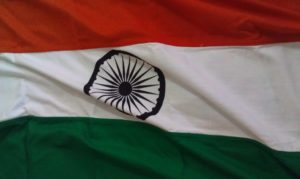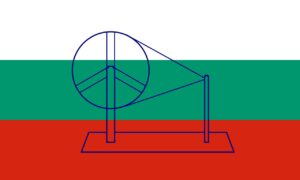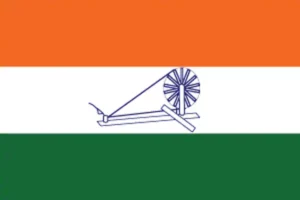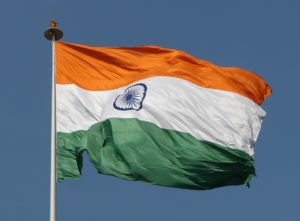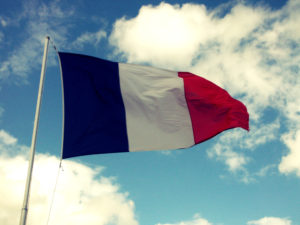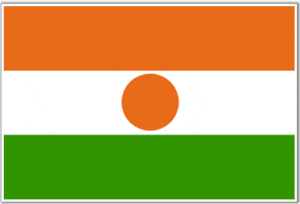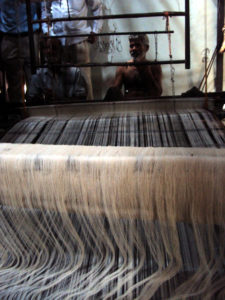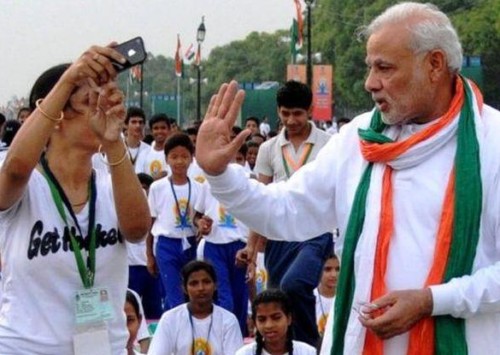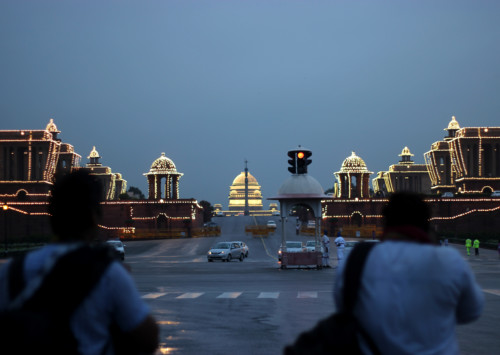Five facts about the Indian National Flag
As India celebrates its 75th Independence Day this August 15, here is a look at the story of the Indian National Flag and how it evolved over the decades before the Independence. What we see today was adopted in on July 1947, just days before India gained Independence. From undergoing various changes to making space trips, the Indian flag has come a long way.
1.Evolution of Indian flag.
It is believed that the first Indian National Flag in India was hoisted on August 7, 1906, in the Parsee Bagan Square (Green Park) in Kolkata. It is believed to have been designed and hoisted by Sachindra Prasad Bose and Sukumar Mitra.
In 1907, in order to let the world know about the Indian independence struggle, Bhikhaji Rustom Cama hoisted an Indian flag in Paris, becoming the first Indian to raise an Indian flag on foreign soil. After this, she then unfurled the flag at the International Socialist Conference in Stuttgart, Germany, in August the same year.
In 1917, during the Home Rule movement, the third flag was raised by Lokmanya Tilak and Dr Annie Besant.
In 1921, at the Bezwada Session of the All India Congress Committee, Pingali Venkayya, a geophysicist, designed a flag made of two colours. When asked about it, Mahatma Gandhi recommended the addition of a white stripe to symbolise peace and truth along with the spinning wheel that signified the development of the country.
In 1931, a resolution was approved in annual meeting of the All-India Congress to accepting a tricolour flag as India’s National Flag. This flag had three stripes- saffron, white and green with spinning wheel of Mahatma Gandhi in the middle.
On July 22, 1947, the Constituent Assembly embraced the Indian flag with three stripes, saffron, white and green, with the Ashoka Chakra in blue in the middle Which is designed by Pingali Venkayya . Consequently, with some modifications, the tricolour flag of the Congress Party ultimately became the National Flag of Independent India.
It was hoisted for the first time ever at the stroke of mid-night on August 14-15, 1947, by the first Prime Minister Jawarharlal Nehru in the Central Hall of Parliament.
The next day, a large gathering of Indians witnessed the lowering of the Union Jack for the last time on Indian soil and the hoisting of Indian National Flag, for the first time, amid thunderous applause at India Gate at 08:30 am. The Tricolour was hoisted again by Nehru at Red Fort on August 16 morning.
2 .Space Trips
The Indian National Flag has not only adorned the Earth, but has also travelled to Space. Legend has it that the National Flag was carried aboard the US rocket Apollo-15 in 1971. In April 1984, the Flag went back to space. This time, it was worn in space in the form of a medallion that was part of the spacesuit of worn by Cosmonaut Wing Commander Rakesh Sharma when he was part of a joint space flight of India and erstwhile Soviet Union. In 2008, Chandrayan 1, India’s first lunar probe, hoisted also the Indian flag on the Moon on November 14, 2008.
3.The tiranga
The Indian Flag is referred to as the Tiranga (or tricolour) as it has three horizontal stripes of equal size which are saffron on top, white in the middle and green at the bottom. Saffron is said to symbolise sacrifice and courage; white signifies truth, peace and purity and green symbolises prosperity. The Ashoka Chakra, the Dharma Chakra, symbolising righteousness in continual progress and growth, is placed at the centre of the white stripe, and has 24 equally spaced spokes. Compared to the French flag, similarity lies in both having three equal stripes but the French has vertical stripes. The French flag also has a white stripe in the centre, blue and red being the first and third stripes.
There are several other countries that have the same combination of colours on their flags as the Indian Flag. Ireland and Cote d’Ivoire (Ivory Coast) have the same stripes, but organised vertically.
The flag of West African nation, Niger, comes closest to Indian flag, with same order of colours in horizontal stripes with a circle in saffron, replacing the Ashok Chakra in the middle.
4.World’s Largest National Flag.
The world’s largest national flag, made of Khadi fabric was put on display to celebrate the “Army Day” on January 15, 2022. It was displayed at Longewala, along the India – Pakistan Border in Jaisalmer.
5.Textile significance
Indian Flags that are meant to be of use for the general public are preferably to be made of hand spun cotton or silk Khadi.Governement offices, their agencies as well as officials are strictly required to use this type of flag. In fact, Khadi has to be used as the stitching thread for the flags as well.
Also Read – Indian Independence Act: Britain’s Last Act in India
Zimbabwe: Independence, inflation & infighting.
Independence Day celebrated in India
Indian PM Modi speaks on Terrorism on Independence Day.

